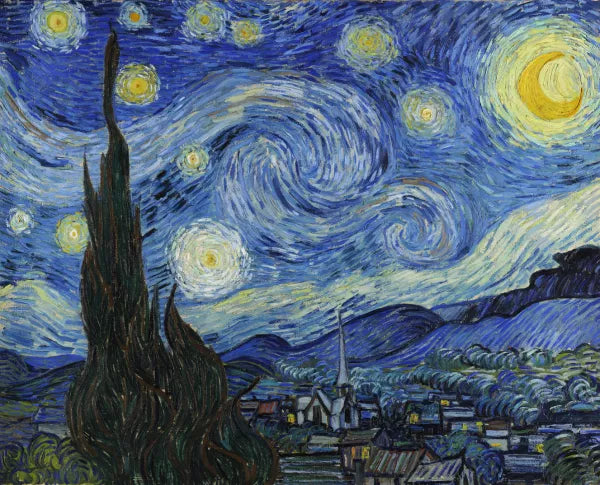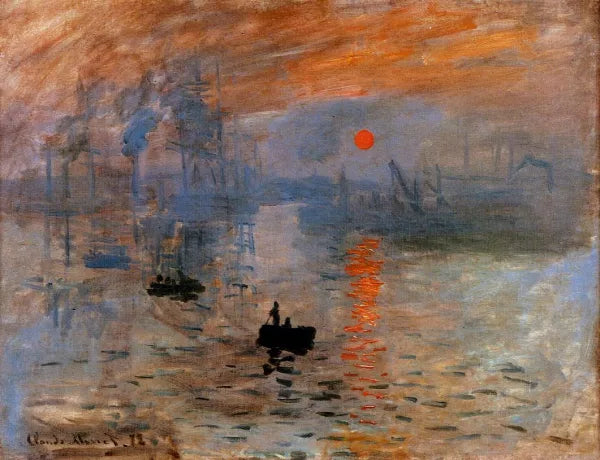Oil painting cracks rarely appear overnight; they form slowly when a canvas breathes too much, too fast. Whether you own a hand-painted museum reproduction or a family portrait, preventing cracking and cupping is mostly about environmental control and placement stability.
This guide shows how to balance your home environment so your artwork’s surface ages gracefully, not painfully.
Climate Control: Ideal Temperature & Humidity for Oil Painting Longevity
Oil paint behaves like skin—it expands and contracts with the air.
Extreme or frequent changes cause tension between paint, varnish, and canvas, eventually leading to fissures.
| Condition | Recommended Range | What Happens if Ignored |
| Temperature | 18–24°C (65–75°F) | Below 15°C paint stiffens; above 27°C softens varnish |
| Relative Humidity | 45–55% | <40% dries and cracks; >60% causes swelling and mildew |
| Fluctuation | ±5°C / ±5% RH per day | More swings = more micro-stress on paint layers |
Keep both stable rather than “perfect.” Art doesn’t need lab precision—it needs predictability.
Safe Placement: Choosing Interior Walls for Art Display
Where a painting “lives” matters as much as how it’s made.
Best Walls:
-
Interior walls that don’t face exterior temperature swings.
-
Rooms with filtered daylight or steady artificial light.
Avoid:
-
Above radiators, fireplaces, or heating vents.
-
Walls with plumbing behind them (often damp in winter).
-
Kitchens and bathrooms (grease and steam).
Height Matters Too:
-
Hang at eye level (around 150–160 cm from floor center).
-
Too high traps warm air near the ceiling; too low risks cold drafts and occasional knocks.
Avoiding Cracks: The Dangers of Direct Heat and Sunlight
-
HVAC Systems: Central air dries air quickly. Use a small humidifier near art if RH drops below 40%.
-
Fireplaces & Heaters: Create dry, uneven pockets—keep paintings at least 1 m (3 ft) away.
-
Sunlight: Direct rays fade pigment and overheat varnish. Diffuse daylight through curtains or UV-filter film.
-
AC Vents: Constant cold air flow can contract paint film and loosen stretchers over time.
Seasonal Adjustment Tips
Spring–Summer:
-
Watch humidity spikes; use silica gel packs in nearby display cabinets.
-
Close windows during humid rains.
Autumn–Winter:
-
Prevent over-drying from heating. Place a small bowl of water near heaters or use a room humidifier.
-
Avoid sudden moves from cold hallways to warm rooms—let paintings acclimate for 24 h before rehanging.
During Moves or Renovations:
-
Wrap paintings with breathable materials (archival glassine or cotton sheet).
-
Never seal them in plastic for long periods—it traps condensation.
Closing Thought: Consistency Heals
Small daily habits maintain the health of your art:
-
Maintain stable temperature and humidity in display rooms.
-
Inspect quarterly under raking light to spot early surface tension.
-
Use felt bumpers behind frames for ventilation.
Oil paintings are resilient, but only if you keep their world calm. A stable wall, soft light, and steady air mean more to longevity than any chemical cleaner.
When in doubt, remember: temperature changes crack; consistency heals.



